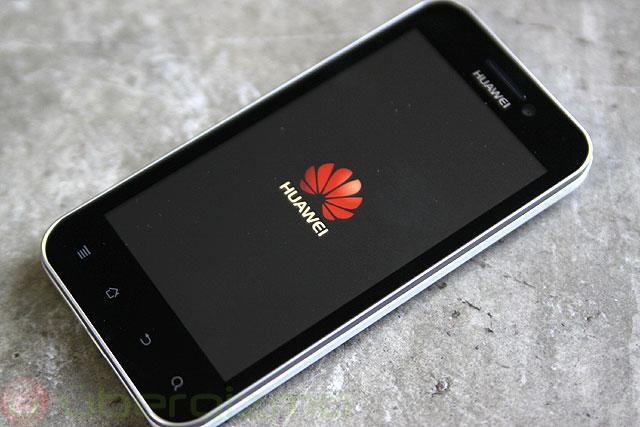
It has been just under a month since Google released the Android 4.0 source code to the public. Ice Cream Sandwich was announced in in October alongside Google's new flagship Nexus phone, the Galaxy Nexus. Since then, every Android user not planning to upgrade to the new Nexus or another flagship device has been wondering if and when their specific phone will ever receive the update.
From the time Android hit consumer hands, software updates have been one of the sore points of the platform. With little interference from Google, hardware manufacturers were not forced to update devices. With heavy interface customizations and tens of phones coming from each manufacturer every year, many fell to the wayside, abandoned on old software. Thus, we have the infamous Android fragmentation problem.
In an attempt to solve fragmentation and ease customers' minds, Google helped form the Android Update Alliance earlier this year with hopes of speeding up and enforcing updates. What the alliance is supposed to do is cut back on software customizations from partner OEMs and force said OEMs to continually update phones for 18 months after their release date. Seemingly, updates should come more quickly and users should have peace of mind that their phone will be updated to the next software version for at least most of the length of their two-year contract.
However, we have yet to really see the alliance make a difference. And, like I said, everyone is still confused and worried that their phones will never officially see Ice Cream Sandwich.
The four popular Android manufacturers in the States – Motorola, Samsung, LG and HTC – have spoken up on ICS updates and clarified, for the most part, which devices will receive the update. And based on the information they've given us, it's safe to assume we can expect to see official Ice Cream Sandwich updates come the beginning of 2012 – I imagine most of them will be closer to the close of the first quarter. Still, there is a lot of grey area, and it should not take OEMs so long to push out an update to customers.
One manufacturer, though, has been hard at work, showing up all of the other guys. According to a report from PhoneArena, Ice Cream Sandwich is now available on the Huawei Honor for Cricket Wireless, making them the first to update a phone to Ice Cream Sandwich and get it out to consumer hands. (Google has internally updated the Nexus S, but has yet to push it out to Nexus S owners.) As I stated before, it hasn't even been a month since Google released the Android 4.0 source code, so the fact that Huawei beat everyone – many die-hard ROM makers and even Google – to the punch is pretty amazing. (It's worth noting that this Honor update did not have to go through carrier approval first, which certainly sped the process up.)
This is something other OEMs could learn from. What are they doing right now? They're likely still assessing which devices should and which should not receive the update. Let me reiterate that. Source has been available for almost an entire month and most OEMs are still assessing Ice Cream Sandwich. After that, they will have to make the necessary changes to the stock software for different hardware, apply their custom interfaces, debug and apply for carrier approval. Only after all of this will users begin to see updates.
If it weren't for all of the heavy customizations, I would say that devices like the DROID RAZR, HTC Rezound, Amaze 4G and the Galaxy S II line should be mere weeks away from their updates. But OEMs are so caught up in developing and integrating their customized interfaces that consumers have to wait four to six long months before ever seeing the latest software. At most, customers should have to wait two or three months for their update. This, however, is just a product of manufacturers churning out too many phones and not being able to keep tabs on everything. They either need to speed up the update process, make fewer phones or offer other software update options to customers.
I could go on about this all day, but it's plain and simple. OEMs are still taking too long to update phones. They should be well into the development process by now, but many, I'm sure, are only thinking about and planning their approach. More manufacturers need to take Huawei's approach and get updates to consumer hands as fast as possible. This is one of the many reasons I have sworn off non-Nexus devices for the foreseeable future.
What say you? Would you prefer having a stock Android update just weeks after source is released? Or do you like waiting up to six months for an OEM's custom interface? Should other manufacturers take note of what Huawei is doing?
Image via Ubergizmo